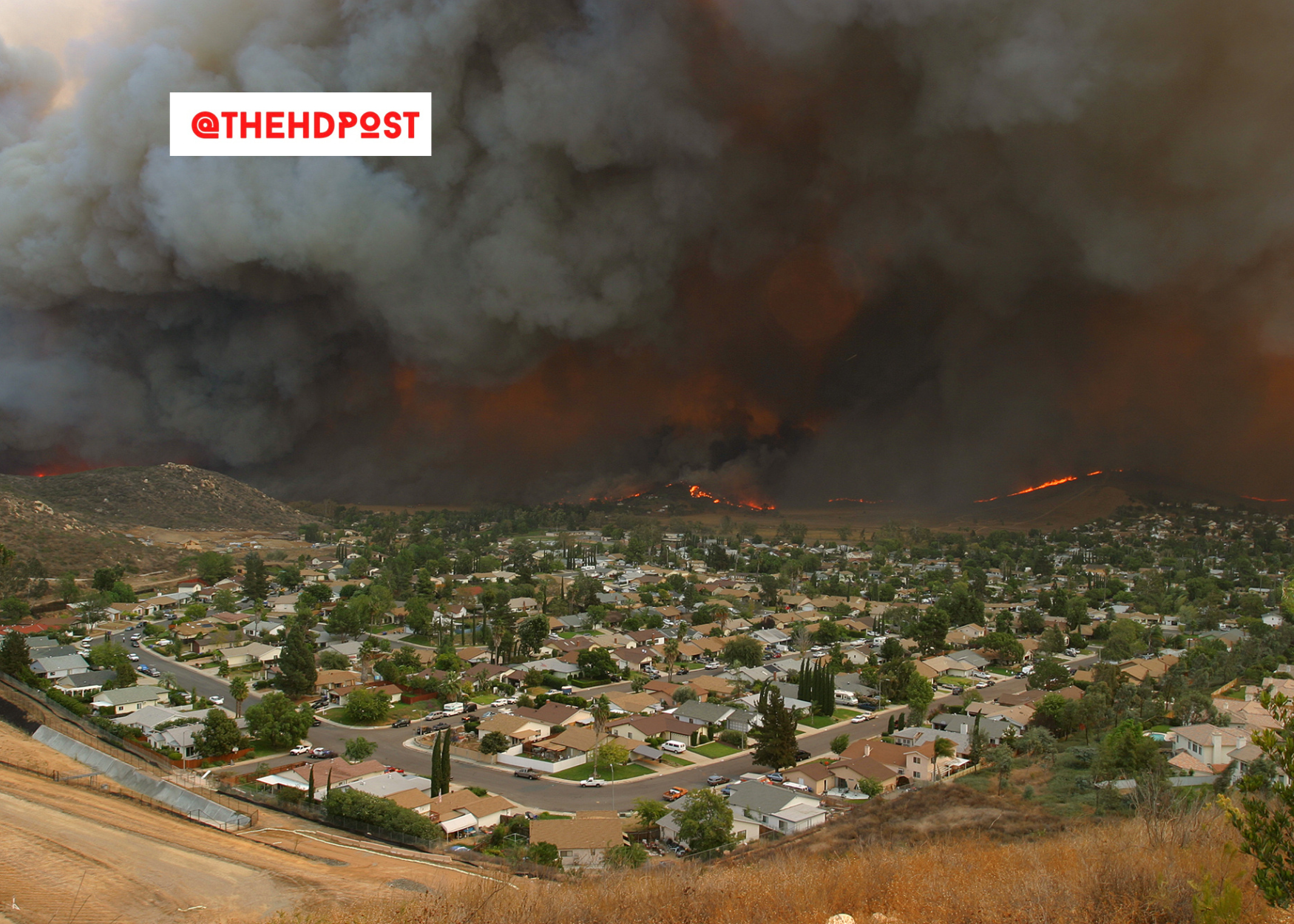
CALIFORNIA – California Department of Insurance (CDI) Commissioner Ricardo Lara, approved the use of AI catastrophe models, last month, that will allow home insurers to set and raise rates on property owners in fire prone areas. Consumer advocate groups are concerned that rates could go two to three times higher.
Sustainable Insurance Strategy
Lara says that his Sustainable Insurance Strategy improves insurance choices while addressing the long-term sustainability of California’s insurance market.
Earlier this year, major home insurance providers withdrew from covering new policies in California due to wildfire risks.
Lara’s executive actions for the Sustainable Insurance Strategy include transitioning homeowners and businesses from the FAIR Plan – an insurance of last resort, back into the normal insurance market.
In return insurance companies committed to cover all parts of California if the state allows them to use catastrophe models to estimate their economic losses from future disasters.
Modernizing Proposition 103
Proposition 103 is a 1988 ballot measure that requires prior approval for any future rate increases. This limits catastrophe models.
Catastrophe models use historic disaster data and estimates of future losses to generate scenarios for predicting destruction.
CDI says the Sustainable Insurance Strategy is an effort to modernize the nearly 35 year old Proposition 103. Lara has held two workshops examining catastrophe modeling and insurance.
Advocates say California is in danger of becoming Florida
According to E&E News the cost of some homeowner insurance policies in Florida have risen from $1,500 to $9,000 annually since factoring in climate change risks.
“California is in danger of becoming Florida with these changes that mimic the failed strategies in Florida. Lara has given into the industry’s demands and the consumers are going to be paying the bills for a long time unless he is stopped,” said Consumer Watchdog President Jamie Court.
Consumer Federation of America Director of Insurance Doug Heller calls for more transparency in how the algorithm determines the rates. Catastrophe modeling companies – so far, have been unwilling or unable to share proprietary information on how the models work.
“In California, we don’t just trust whatever the black box spits out,” Heller said.
Heller advocates for the creation of a California public wildfire catastrophe model.

